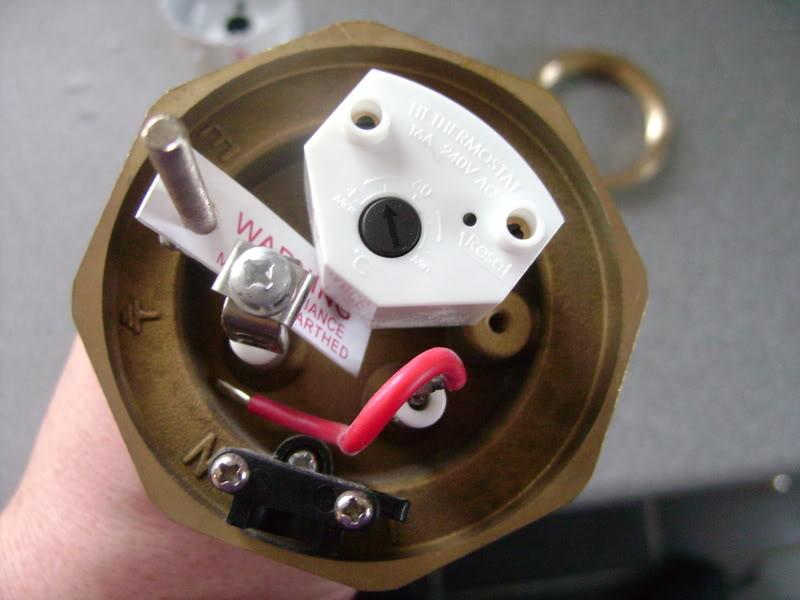A new element+thermostat should ensure that a cutout is provided. Sometimes they are in the element housing, sometimes they are part of the thermostat.
Its false economy not to replace both.
This was exactly what I said to the company when I spoke to them. Particularly as it was obvious that the installation was at least 20 years old and the immersion had obviously never been replaced since the tank was installed.
He chose to ignore my comment at the time.


